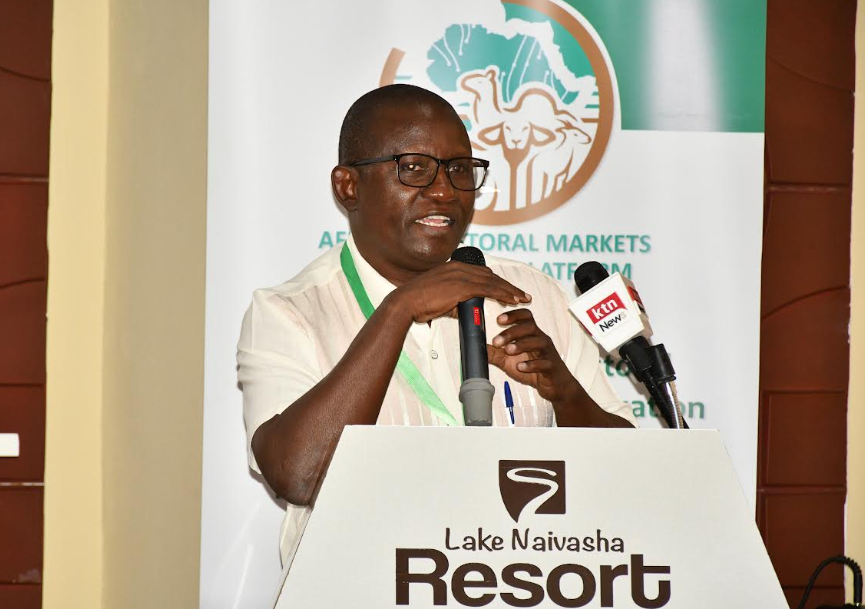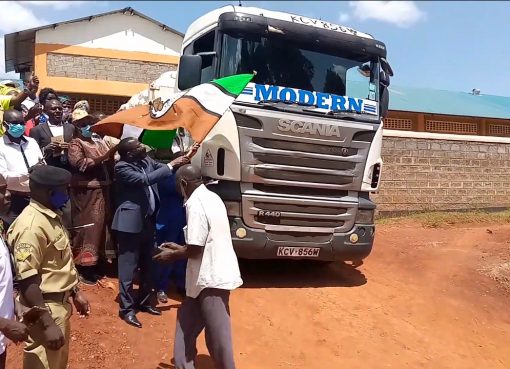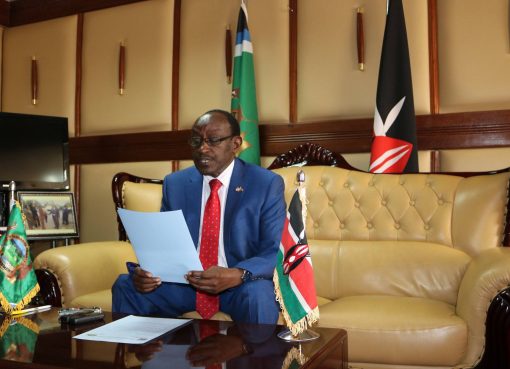The recurrent emergence of livestock diseases has been termed as a bottleneck to the country’s low exploitation of the export market for livestock products owing to the strict market restrictions on health grounds for entry of livestock products in the European market.
Kenya’s livestock products are yet to fully benefit from the lucrative European market due to the strict regulations and restrictions on the export markets due to animal safety concerns.
As a result, the government has announced a nationwide immunisation exercise targeting millions of the country’s livestock that seeks to unlock the lucrative export market for local livestock products.
President William Ruto had announced that the government seeks to spend millions of shillings on the programme to ensure the health condition of the country’s livestock to enhance farmers’ earnings in the market.
According to Dr Richard Kyuma, the Director and Head of Marketing at the State Department for Livestock Development, animal diseases have hindered farmers from getting their fair share of the market due to the poor health of livestock.
Dr Kyuma said so far the most persistent diseases affecting the local livestock have been Foot and Mouth, lumpy skin disease, pneumonia and anthrax which have for years led to the closure of the export market.
The sector, Dr Kyuma said, has also been affected by inadequate availability of quality animal feeds which has seen the government provide incentives to spur commercial production to address the shortage.
The Director added that the government has also introduced a livestock insurance policy that seeks to support farmers during the drought season and other calamities to reduce their losses.
According to the Ministry of Agriculture and Livestock, Kenya currently records a 60 per cent feed deficit annually of up to 33 million metric tonnes as well as a 40 per cent feed post-harvest losses.
The move according to the officer, seeks to boost and meet the country’s growing meat demands which currently is recording an annual deficit of up to 250,000 metric tonnes.
Speaking in Naivasha during a stakeholder’s engagement to promote livestock marketing, Dr Kyuma said the project seeks also to tap the power of women and youth who for years have been left out in the livestock sector.
Prof. Ahmed El Beltagy, the coordinator of the AU-IBAR-led project said that the project will be implemented within the next four years covering Kenya, Nigeria Ethiopia, Tanzania, Niger, Burkina Faso and other Sahel region countries.
Prof. El Beltagy noted that the project will support farmers to commercialise feed production, harnessing better animal breeding as well as their livestock to attract better prices.
The coordinator added that the project will support farmers through policy interventions, integration of markets and the support of women, and youths to have inclusivity in the sector.
According to a farmer Fatma Osman, the inclusion of women in the livestock sector is a key achievement for they have been locked out for years diminishing their contribution.
“The inclusion of women will ensure they have more contribution in the sector to better their earnings and improve their livelihoods,” said Ms Osman.
Another farmer, Mohamed Abdi from Mandera County said the pastoralists in the region have diversified their market access by tapping into Ethiopia and Somalia which promises higher returns for their livestock.
He however decried that the trade continues to be threatened by the Al Shabaab militants who often demand fines for every animal crossing the border to the lucrative Somali market.
Abdi appealed to the government to intervene and offer necessary support to pastoralist communities who solely depend on the livestock sector for their livelihoods.
Kenya’s livestock sector is a powerhouse, pumping lifeblood into the country’s economy that contributes 4.4 percent to Kenya’s GDP estimated at USD 3.4 billion, as of 2017.
The Ministry of Agriculture, the brains behind the operation, says that the sector employs 50 percent of the agricultural workforce.
According to the Ministry data, 60 percent of the country’s livestock population are domiciled in arid and semi-arid lands (ASALs) providing livelihoods to thousands of residents.
The country boasts an impressive animal population, with 18.8 million cattle, 26.7 million goats, 18.9 million sheep, 3.2 million camels, 44.6 million poultry, 1.9 million donkeys, and 500,000 pigs.
By Erastus Gichohi





